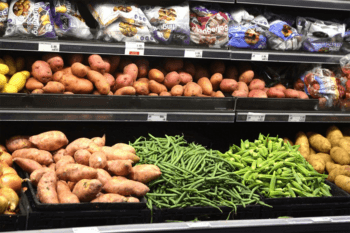Finding Ways To Stop Global Food Waste

Agriculture faculty at Texas A&M University are talking trash — as in too much food ends up there.
Now they are vowing to team up and figure out how to reduce global food waste by 5 percent over the next decade, according to Dr. Steve Searcy, the group’s facilitator and head of the Texas A&M biological and agricultural engineering department.
The Food and Agriculture Organization of the United Nations has estimated that 30 percent of the food produced in the world is never consumed due to various factors that cause waste, Searcy said.
“We’ve done a lot of work on how we’re going to feed the world,” Searcy said about the faculty of Texas A&M’s College of Agriculture and Life Sciences. “Traditionally, the idea has been on ways to genetically improve the crops and cultural practices in order to increase yield. Advances in agriculture have brought drastic increases in yield.”
“But by 2050, even with the same rate of growth in yield, we will not be able to keep pace with food demands for maize, rice, wheat and soybeans,” he said.
Continue reading on AgriLife Today.
This article by Kathleen Phillips originally appeared in AgriLife Today.





